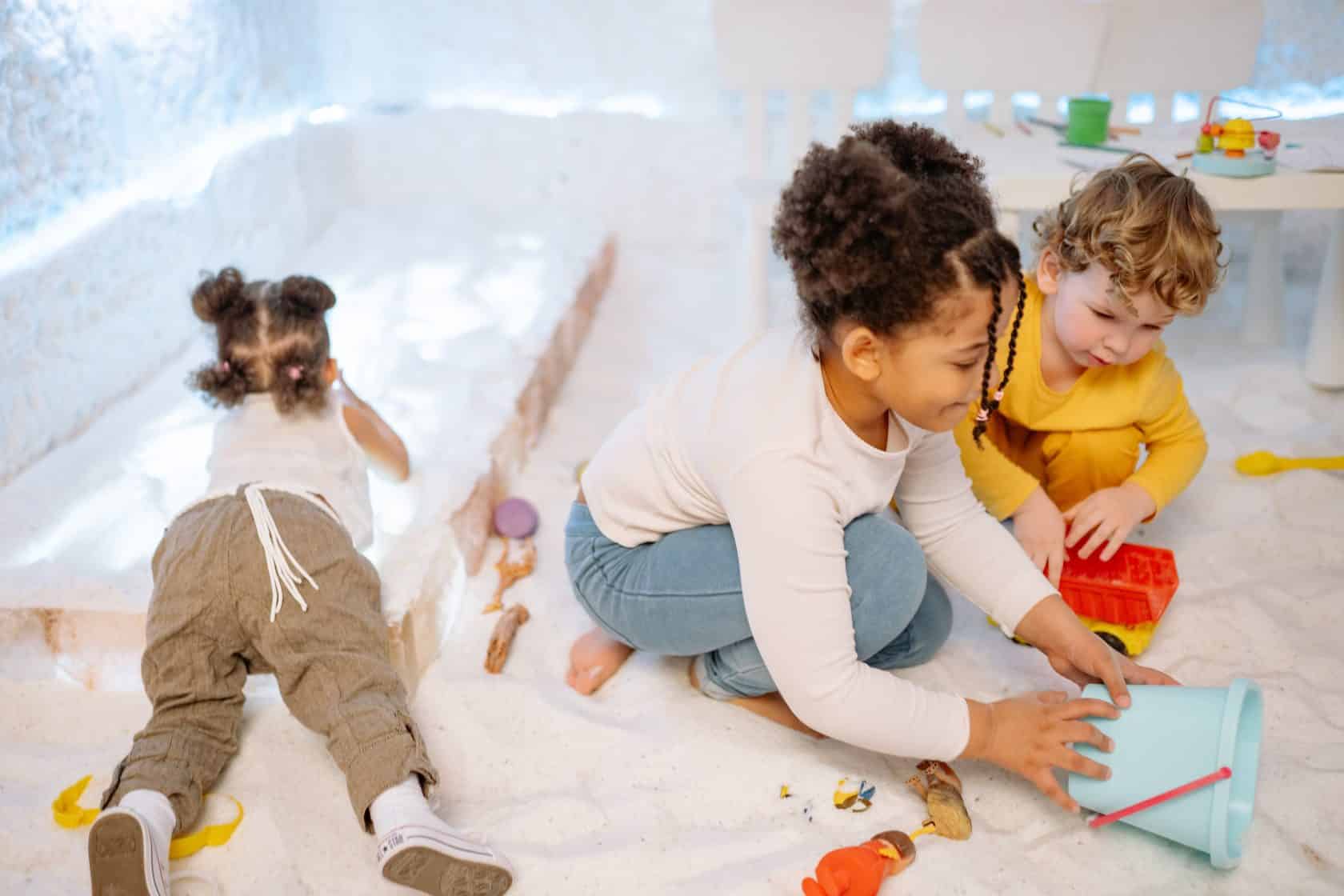Susie is a lively 7-year-old who loves painting. Recently, her teacher noticed some changes. Susie, who usually can’t wait to dip her brush in paint, now seems disinterested. Her parents also noticed she wasn’t eating well and often seemed tired. It was time for some clinical observations. Here’s how it unfolded:
- Step 1 – Physical Observation: The pediatrician, Dr. Patel, checked Susie’s physical appearance. He noted that she looked a little pale and had lost some weight.
- Step 2 – Behavioral Observation: Dr. Patel observed Susie’s behavior next. She was quieter than usual and didn’t show enthusiasm when he asked about her favorite paintings.
- Step 3 – Emotional Observation: He also looked for emotional cues. Susie seemed a little down and didn’t have her usual smile.
- Step 4 – Habitual Observation: Her parents mentioned changes in Susie’s habits. They reported that Susie was not eating well and had difficulty sleeping.
- Step 5 – Recording: Dr. Patel carefully recorded all these observations. He used a special computer program that helps keep track of children’s health.
- Step 6 – Analysis: Lastly, Dr. Patel analyzed his observations. He considered that Susie might be dealing with stress or emotional upset. But her physical changes needed further investigation.
These clinical observations gave Susie’s family and Dr. Patel a starting point to understand what was happening. It was the first step in getting Susie the help she needed to feel like her joyful, energetic self again. Clinical observations helped uncover the clues about Susie’s health, showing their importance in caring for children with special needs.
Clinical observations reveal essential insights into a child’s health, like our friend Susie’s. Products like Goally can be a great support. With fun, interactive apps, Goally helps kids build life and language skills, complementing the care they receive through clinical observations.













